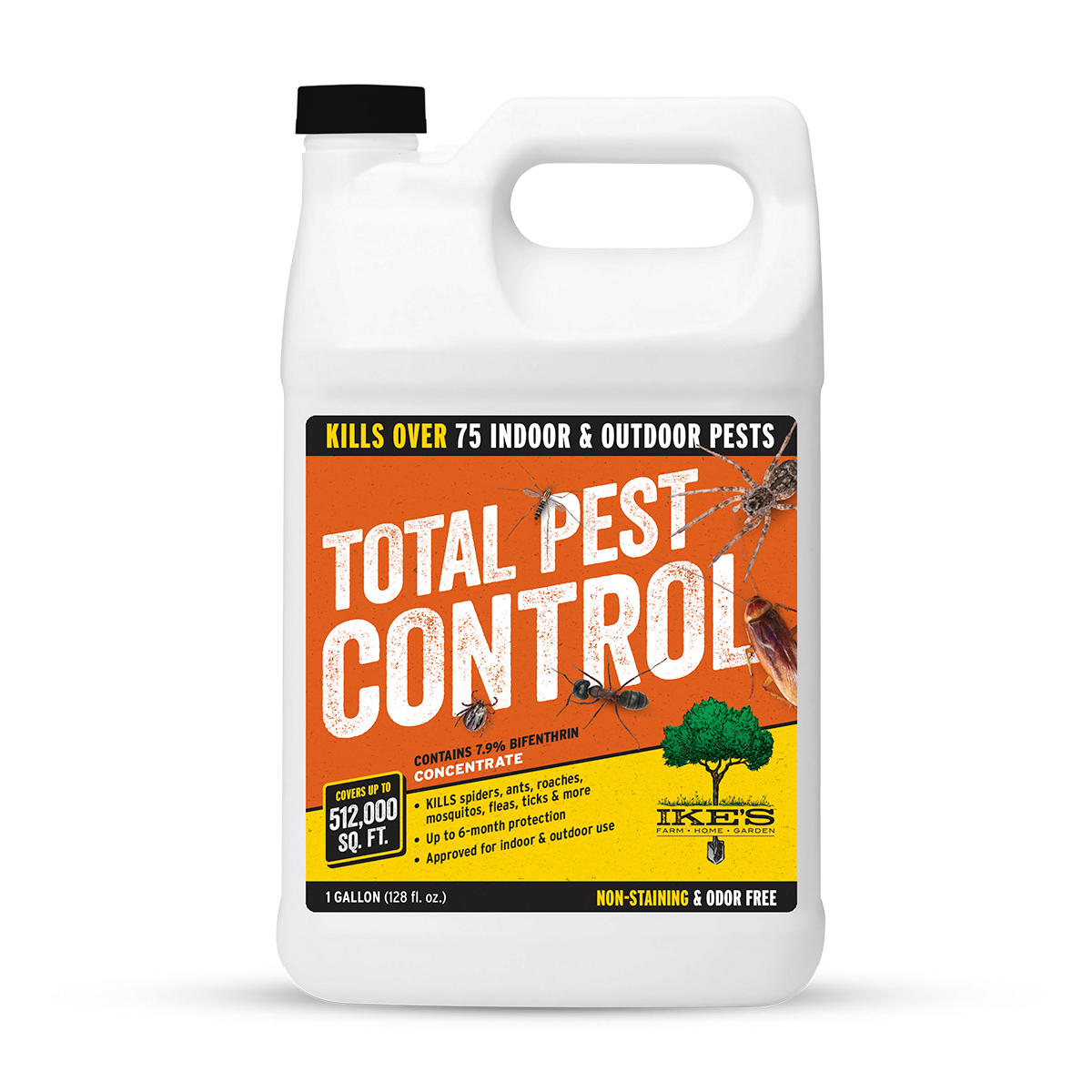The Ultimate Guide to Pest Control Homestead: Tips for a Pest-Free Home
Insect Control 101: Identifying Common Vermin and Their Efficient Therapies
Bug control is an essential aspect of preserving a healthy living setting. Typical bugs like ants, rodents, and various pests can position substantial challenges. Recognizing their habits and indications of problem is vital for effective management. While chemical services exist, there are also natural alternatives worth considering. As one discovers the subtleties of insect identification and treatment choices, the significance of avoidance techniques becomes progressively evident. What techniques can absolutely keep parasites away?
Determining Ants: Types and Their Habitats
Ants, little yet awesome insects, are a varied group that can be discovered in various atmospheres around the world. There more than 12,000 identified species, each exhibiting distinct habits and adaptations. Common kinds include the black garden ant, which grows in temperate areas, and the fire ant, recognized for its uncomfortable sting, widespread in warmer areas. Woodworker ants like moist wood, making them an issue for house owners, while odorous residence ants are brought in to human food resources.
Ants create complex nests, frequently underground, in timber, or within frameworks. Their habitats range from forests to metropolitan settings, showcasing their versatility. The majority of species are social, living in nests that can vary in dimension from a couple of loads to millions. Determining the sort of ant is important for reliable bug administration, as each varieties has different nesting behaviors and foraging actions that affect control strategies. Recognizing their habitats help in avoidance and treatment initiatives.
Recognizing Rodents: Indications of Infestation
Rodents, like ants, can position significant challenges for companies and homeowners alike. Recognizing signs of a problem is essential for reliable insect control. Common indicators include droppings, which are usually located near food resources or nesting locations; small, dark pellets that can be misinterpreted for seeds. Eaten cables, furnishings, or packaging may additionally indicate a rodent existence, as they continually gnaw to maintain their teeth manageable. Furthermore, property owners might notice gnaw marks on baseboards or walls. Undesirable odors, stemming from pee and droppings, can show a larger issue. Damaging or scooting sounds, especially in the evening, are an additional dead giveaway of rodents. Ultimately, the existence of nests, generally composed of shredded materials like paper or material, can confirm a problem. Dealing with these indications immediately can help mitigate damage and stop the spread of conditions connected with rodents.
Common Bug Vermin: From Aphids to Termites
Insects stand for a varied group of parasites that can create chaos in yards and homes, with species ranging from little aphids to harmful termites. Aphids are little, sap-sucking insects that can quickly infest plants, resulting in stunted development and distortion. They often attract ants, which safeguard them from all-natural killers. On the other end of the range, termites are notorious for triggering significant architectural damage to wood frameworks. They eat cellulose discovered in wood, compromising the honesty of homes and buildings. Various other typical pest bugs include roaches, which prosper in unhygienic conditions, and insects, known for their bites and problem in eradication. Flies, especially houseflies, can contaminate food and transmit conditions, while mosquitoes position health and wellness threats through their attacks. Reliable parasite management starts with recognizing these insects and recognizing their habits, which is vital for stopping problems and safeguarding both residential or commercial property and health.
Efficient Treatments: Chemical and Natural Solutions
While house owners typically seek prompt relief from bug problems, selecting the ideal treatment-- whether chemical or natural-- needs careful consideration of efficiency and safety and security. Chemical options, such as chemicals and insecticides, can supply quick outcomes but commonly bring risks, including prospective harm to environmental problems and non-target species. Homeowners should check out labels, adhere to application guidelines, and take into consideration the timing of therapies to minimize dangers.
On the other hand, natural services, such as diatomaceous planet, essential oils, or homemade traps, interest those looking for environmentally friendly options. They may take longer to reveal results, numerous click here now all-natural therapies are safer for houses with pet dogs and kids. Integrated pest management, which incorporates both chemical and natural approaches, can additionally be effective. Eventually, the selection in between these treatment kinds ought to straighten with the severity of the infestation, personal values concerning safety, and the certain insect being targeted
Avoidance Techniques: Maintaining Your Home Pest-Free

Furthermore, proper landscaping can prevent bugs; maintaining bushes cut and getting rid of particles from the lawn lessens hiding areas. House owners ought to also consider wetness control, as numerous pests flourish in wet conditions. Fixing leaks and ensuring proper water drainage can address alleviate this threat. Utilizing natural deterrents, such as important oils or diatomaceous earth, can produce a negative setting for parasites. By applying these methods, individuals can create a pest-free home and decrease the possibility of future problems.
Often Asked Concerns
Just how Do I Know if I Have an Insect Problem?
Indicators of a pest problem include droppings, chomp marks, nests, or unusual noises. Observing harmed food or home, as well as inexplicable rashes or bites, may also suggest the visibility of bugs in the setting.
Are There Any Kind Of Seasonal Parasite Trends to Be Familiar with?

Can Indoor Plants Draw In Parasites?
Indoor plants can without a doubt bring in insects, as they offer an appropriate atmosphere for pests like aphids and spider termites. Pest Control Homestead. Appropriate treatment and normal examination are important to avoid invasions and maintain plant wellness
What Are the Wellness Risks Related To Pest Infestations?
Insect infestations present various health risks, including allergies, respiratory system concerns, and the spread of diseases. Exposure to bugs like rodents and insects can cause infections, bites, and contamination of food and living settings.
How Typically Should I Check My Home for Insects?
Regular assessments should take place at least when every period, making certain any signs of parasite task are discovered early. Property owners might change frequency based upon their particular atmosphere and previous bug problems. Consistency is key.
Typical pests like ants, rats, and various pests can pose considerable challenges. Determining the type of ant is necessary for efficient bug administration, as each types has various nesting practices and foraging behaviors that influence control techniques. While property owners frequently look for immediate relief from parasite infestations, selecting the ideal treatment-- whether chemical or natural-- calls for mindful consideration of performance and security. Effective pest control prolongs past immediate therapies; it also involves aggressive actions to avoid problems prior to they start. Seasonal insect fads commonly consist of raised rodent activity in original site fall as they seek warmth, while spring generally brings an increase of ants and termites.